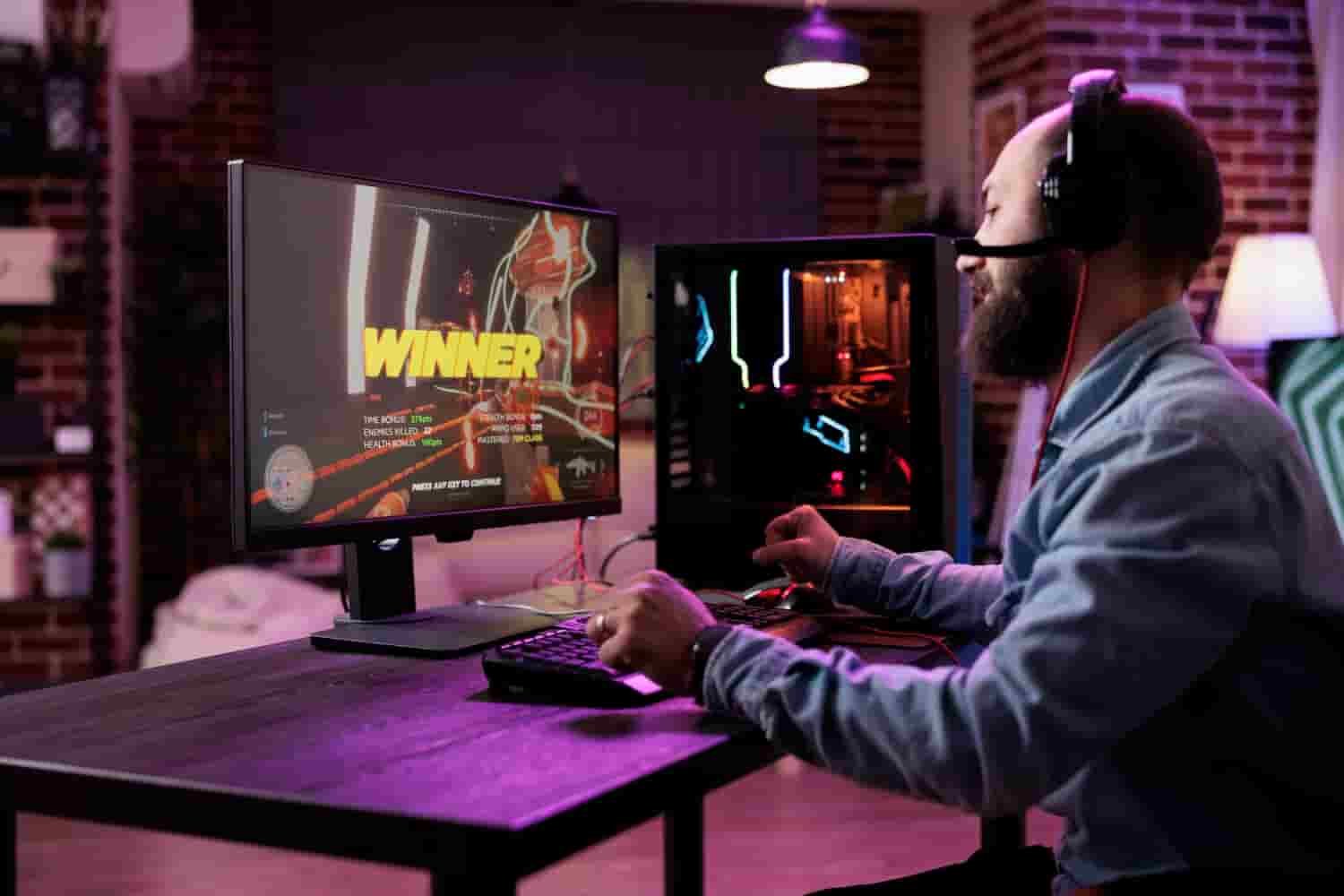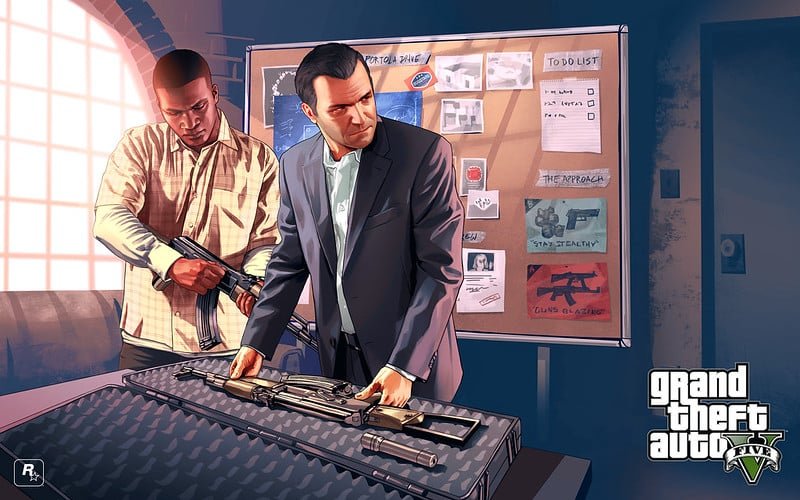Have you ever thought about how the games you play on your console or smartphone are made? Who comes up with the stories, characters, gameplay mechanics, and world design? If these questions intrigue you, then you’re on the right track to learn game design.
Importance of Learning Game Design
Just as authors are to novels, game designers are to video games. They are the visionaries who bring virtual worlds to life, crafting engaging experiences for millions of players worldwide. Learning game design can empower you to be a part of this creative and dynamic field. But what does it entail?
The Basics of Game Design
Conceptualization and Idea Generation
Every game starts with an idea. It could be a unique game mechanic, an exciting storyline, or a distinctive art style. The game designer’s job is to flesh out these ideas into a full-fledged game concept.
Game Mechanics and Dynamics
These are the rules and systems that govern how the game works. Mechanics are the basic actions a player can perform, like jumping, shooting, or solving puzzles, while dynamics are the complex interactions between different mechanics.
Game Aesthetics and Storytelling
Games aren’t just about gameplay; they’re also about creating an immersive experience. This is where aesthetics and storytelling come in. They bring the game world to life and give players a reason to stay engaged.
Steps to Learn Game Design
Begin with the Basics
Like any other discipline, learning game design starts with understanding the basics. This includes learning about game theory, design principles, and player psychology.
Learn through Playing Games
One of the best ways to learn game design is by playing a lot of games! This can help you understand what works and what doesn’t in different types of games.
Gain a Formal Education
There are numerous game design courses and degrees available both online and offline. These programs can provide a structured learning experience and valuable industry connections.
Practice and Create
Finally, the best way to improve your game design skills is by designing your own games. It’s challenging, but also incredibly rewarding.
Useful Tools for Game Design
There’s a wide array of tools available for game design, from game engines like Unity and Unreal Engine to art tools like Photoshop and Blender. Learning how to use these tools can significantly enhance your game design capabilities.
The Role of Game Design in the Gaming Industry
Game design is at the heart of the gaming industry. It’s what distinguishes a good game from a great one. As such, game designers play a crucial role in shaping the games we love.
Overcoming Challenges in Game Design
Facing hurdles in learning game design is part and parcel of the journey. But don’t be deterred! Here are some strategies:
- Find a mentor: Connecting with an experienced game designer can provide invaluable guidance and insights.
- Join a community: There are numerous online communities where you can share ideas and get feedback.
- Consistent practice: Regularly designing and iterating on your own games is the best way to improve your skills.
Building a Game Design Portfolio
A strong portfolio is essential for showcasing your game design skills and landing a job in the industry. Here are some tips to help you create an impressive game design portfolio:
Include a Variety of Projects
Demonstrate your versatility by including different types of games, such as platformers, puzzle games, or interactive stories. This showcases your ability to work in diverse genres and styles.
Focus on Quality Over Quantity
It’s better to have a few polished, well-executed projects than numerous unfinished or subpar ones. Employers appreciate a portfolio that demonstrates attention to detail and a strong work ethic.
Document Your Process
Include sketches, concept art, and design documents to show your creative process and problem-solving skills. This gives potential employers a glimpse into your thought process and approach to design.
Create a Professional Online Presence
Build a website or blog to showcase your portfolio. Make sure it’s clean, easy to navigate, and includes your contact information, resume, and a brief bio.
Participate in Game Jams
Game jams are events where game developers collaborate to create games within a short time frame, usually 48-72 hours. Participating in game jams can help you build your skills, create new projects for your portfolio, and network with other game designers.
Networking in the Game Design Industry
As in any profession, networking is a crucial aspect of building a career in game design. Here are some ways to connect with others in the industry:
- Attend conferences and events: Major events like the Game Developers Conference (GDC) and PAX provide opportunities to meet professionals and learn about the latest trends in the industry.
- Join online communities: Participate in forums, social media groups, and Discord servers related to game design. This helps you stay updated and build connections with like-minded individuals.
- Collaborate on projects: Working with others on game projects, whether it’s a game jam or a personal project, can help you forge strong relationships in the industry.
The Future of Game Design
The gaming industry is constantly evolving, and game design is no exception. Here are some emerging trends that could shape the future of game design:
- Virtual Reality (VR) and Augmented Reality (AR): As VR and AR technologies continue to advance, designers will need to adapt their skills to create immersive and interactive experiences for these platforms.
- Procedural Generation: Procedural generation, the technique of creating game content algorithmically rather than manually, can enable designers to create vast, dynamic worlds with limited resources.
- Player-Centered Design: Designers are increasingly focusing on creating personalized experiences that cater to individual players’ preferences and playstyles, using data analytics and machine learning.
By staying informed about these trends and continually refining your skills, you can remain at the forefront of the game design industry and continue to create captivating experiences for players around the world.
Conclusion
Learning game design is an exciting and challenging endeavor. It’s a blend of art and science, requiring both creativity and technical proficiency. But with passion, practice, and persistence, you can make your mark in the thrilling world of game design.
Remember, the journey of becoming a game designer isn’t a sprint, but a marathon. So, buckle up, stay patient, and enjoy the ride!
FAQs
1. Is a degree necessary to become a game designer? While a degree can provide structured learning and industry connections, it isn’t a strict requirement. Many game designers are self-taught and entered the industry based on their portfolio and experience.
2. How long does it take to learn game design? The time required varies based on your current knowledge, learning speed, and the amount of time you can dedicate. However, becoming proficient usually takes several years of study and practice.
3. What are some good resources for learning game design? There are numerous online platforms like Coursera, Udemy, and Khan Academy that offer game design courses. Books like “The Art of Game Design” by Jesse Schell are also highly recommended.
4. Can I learn game design if I don’t have programming skills? Yes, you can. While programming can be a part of game design, it’s not the only aspect. Storytelling, art, music, and game mechanics are equally important parts of game design.
5. What are the job prospects in game design? The gaming industry is booming, and the demand for skilled game designers is high. There are opportunities in game studios, indie game development, and even in educational and corporate sectors that use gamification.








